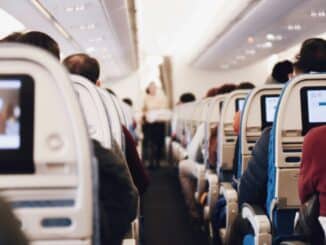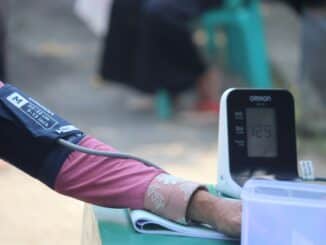
Staysure Insurance Revirew
Staysure is a UK-based insurance company, established in 2004, that has grown to become a leading provider of travel insurance, particularly targeting the over-50s market. The company was founded with the aim of addressing a […]




